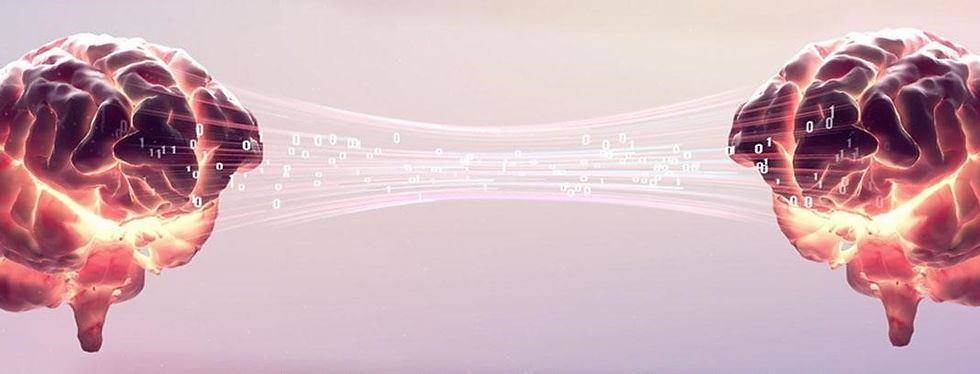Identification
Identification is a technical term we use in IOPT.
Theoretical presentation
"Symbiotic entanglement means clinging to someone who scares you out of fear. Based on a complex intertwining of fear and love, you are afraid of losing a person who also scares you. Symbiotic entanglement is the result of a child's vain attempt to establish a secure attachment to their traumatized parents. Instead of developing their own identity, the child becomes like their traumatized abuser, lives in their traumatic feelings and copies their survival strategies."
Taken from the book "Trauma, Fear and Love" by Dr Franz Ruppert.
This is how identification occurs. When the attachment does not work, the child will try to "understand" his abuser by taking over his abuser's psyche. He has no choice. In this respect, the mechanism Identification must be categorized as a survival pattern that tries to solve a problem. But the consequences will be that the child's psyche carries parts of another's psyche that make it impossible for the child to fully know his own identity. The identification will be carried throughout his life unless it is identified and treated. Carrying identification is stressful and can be confusing. It creates an inner friction to fully and completely believe that you are something you are not. It is like carrying someone else's baggage without being aware of it.
In practice
I will try to describe how an identification degenerates into a self-encounter and how we typically act when it appears.
Whether it is a 1-1 self-encounter where the client resonates with their own parts, or whether it is a group self-encounter where others resonate for the client, a situation may arise where the client does not recognize the information delivered through the resonance. There may be several reasons for this. In a group self-encounter, there may be a mix-up of things from the resonance person's own psyche or it may be from a time before the client can remember and thus does not recognize since there are no available memories (but often the client will feel within himself whether what the resonance tells may be true or not, despite missing memories). Or it may be signs of identification. An additional element that adds a secure understanding that it is actually an identification is that the client says "I recognize this in another person". That the information the resonance delivers may be feelings, attitudes or identity traits that fit another person who is/has been close to the client or is part of the family's generational line (IOPT is considered to detect trauma bonds over 4 generations, more about this in a separate blog post). Often it is the mother or father who is recognized, or another person who has exposed the client to experiences that can define this person as a “trauma abuser.” Another factor that adds to a secure understanding is if one of the resonant persons expresses the feeling of having a different gender than the client.
When the identification is revealed, it is common in a group context for the client to want a special person to resonate with the identification. For example, we refer to it as "bringing in mom". When this resonant person represents the person the client is identified with into the self-encounter, it will usually create some movement in the field. Feelings will usually arise in the client that say something about how she/he relates psychologically to the identification:
"I'm fine without that person" can be a sign of false autonomy, especially if this was a person the client was actually dependent on at one time.
The client expresses strong love or hatred towards the person the identification represents. Love and hatred are in this case two sides of the same coin and the intensity of the feelings tells something about the extent to which the client is bound to the identification.
Those who resonate with the client's parts will also often react when a resonance for the identification is inserted into the self-encounter. Some become afraid, some become angry, some want to remove themselves from the self-encounter. The point is that this movement creates space for the client to begin and free themselves from the identification. Only by the client entering into dialogue with their own parts and securing them and showing their true identity and intention can the need to maintain the identification in the client's psyche be bypassed. In practical terms, in the self-encounter it can be experienced that all parts get a new "understanding of the world" and emotions and movements in the field subside. Or that the resonant person who resonates the identification says "I have nothing more to do here, I am liberated."




